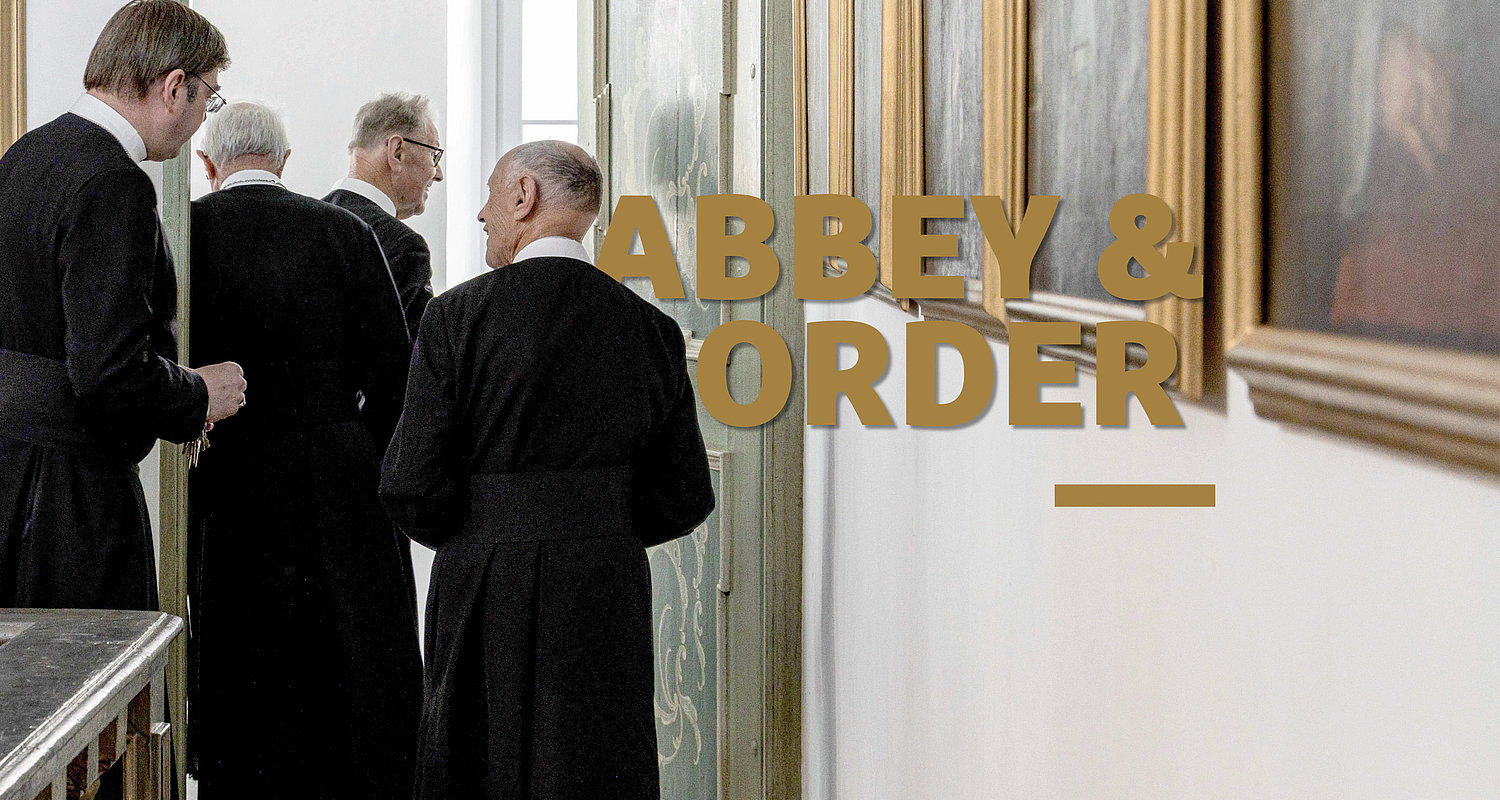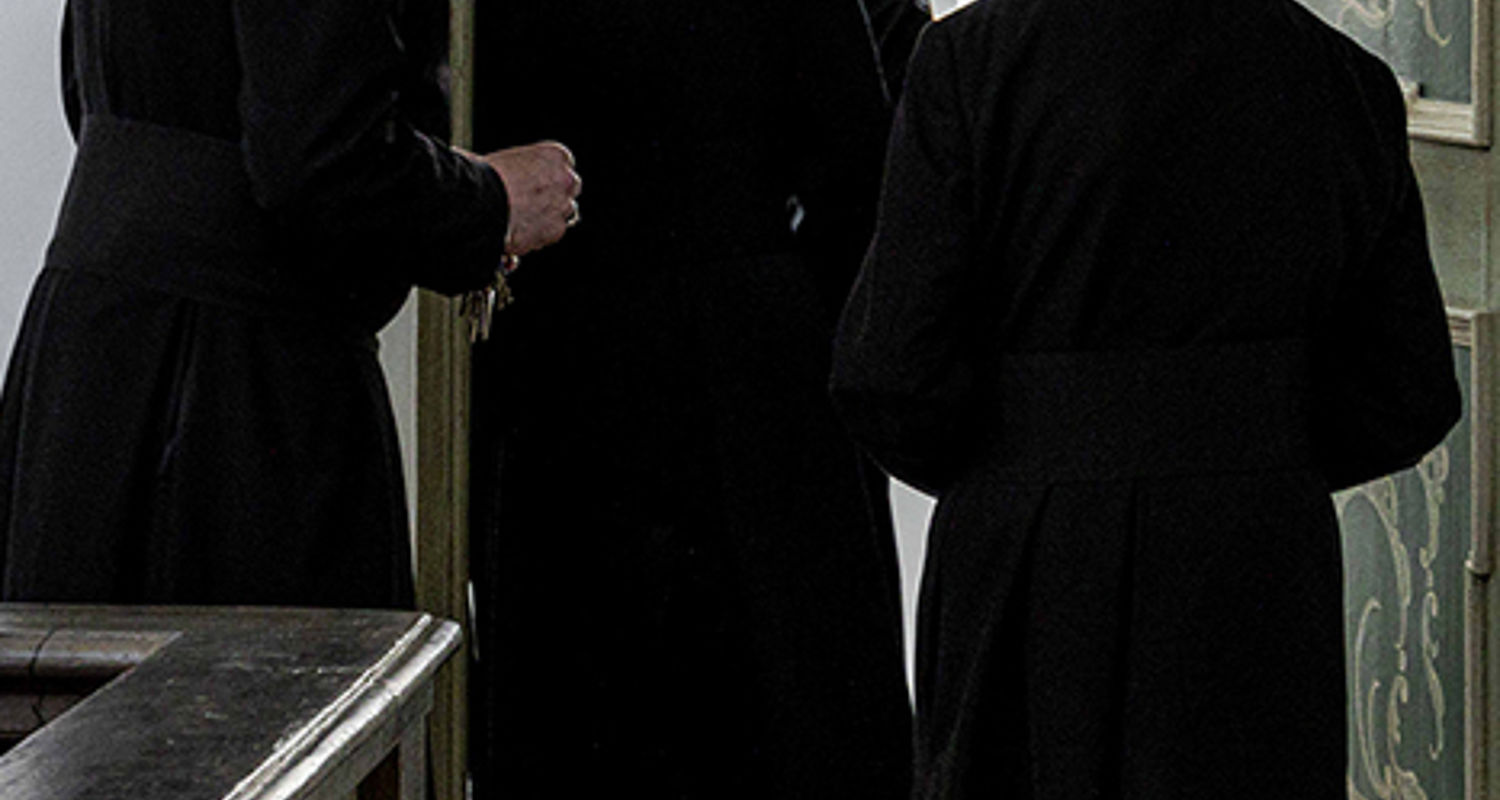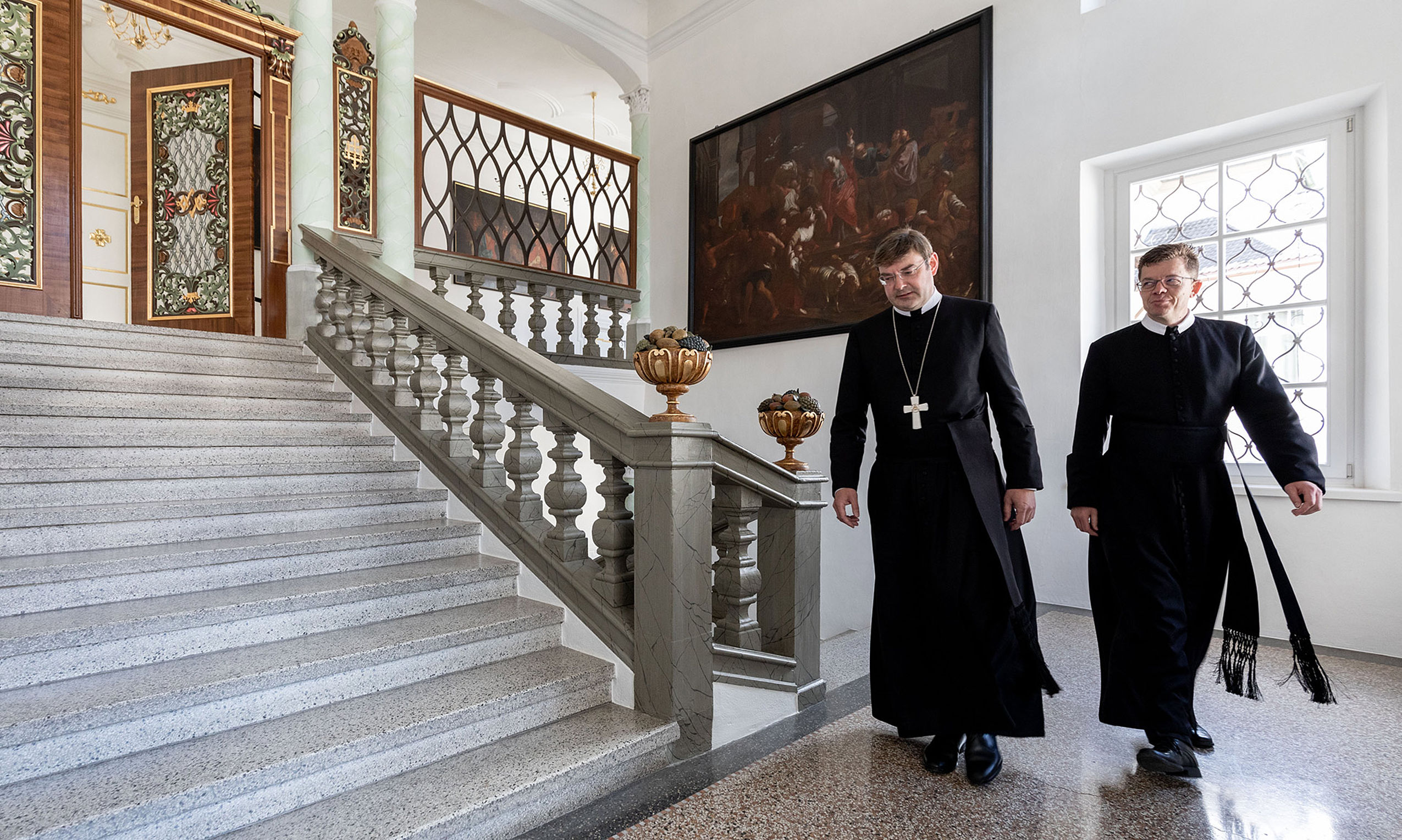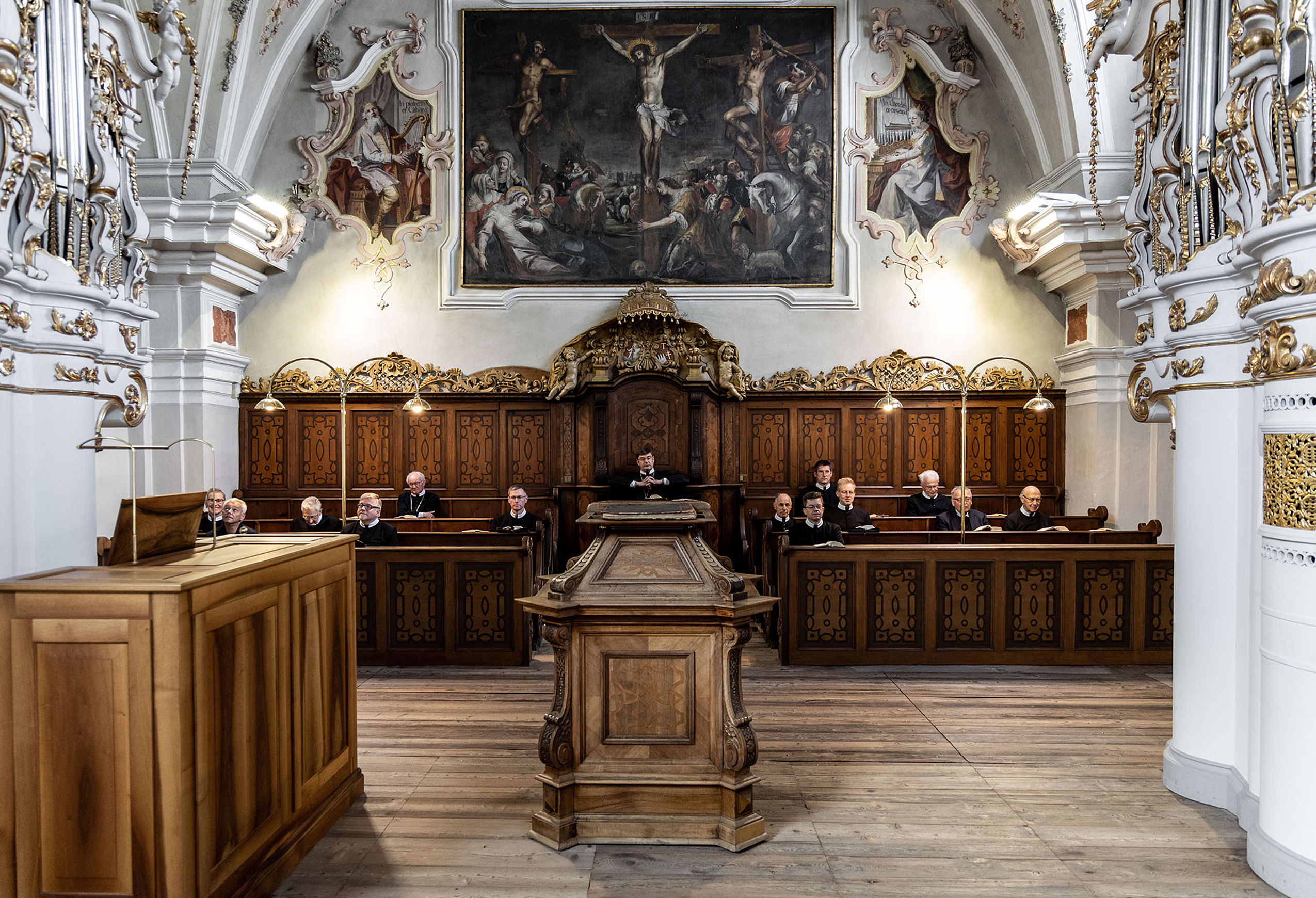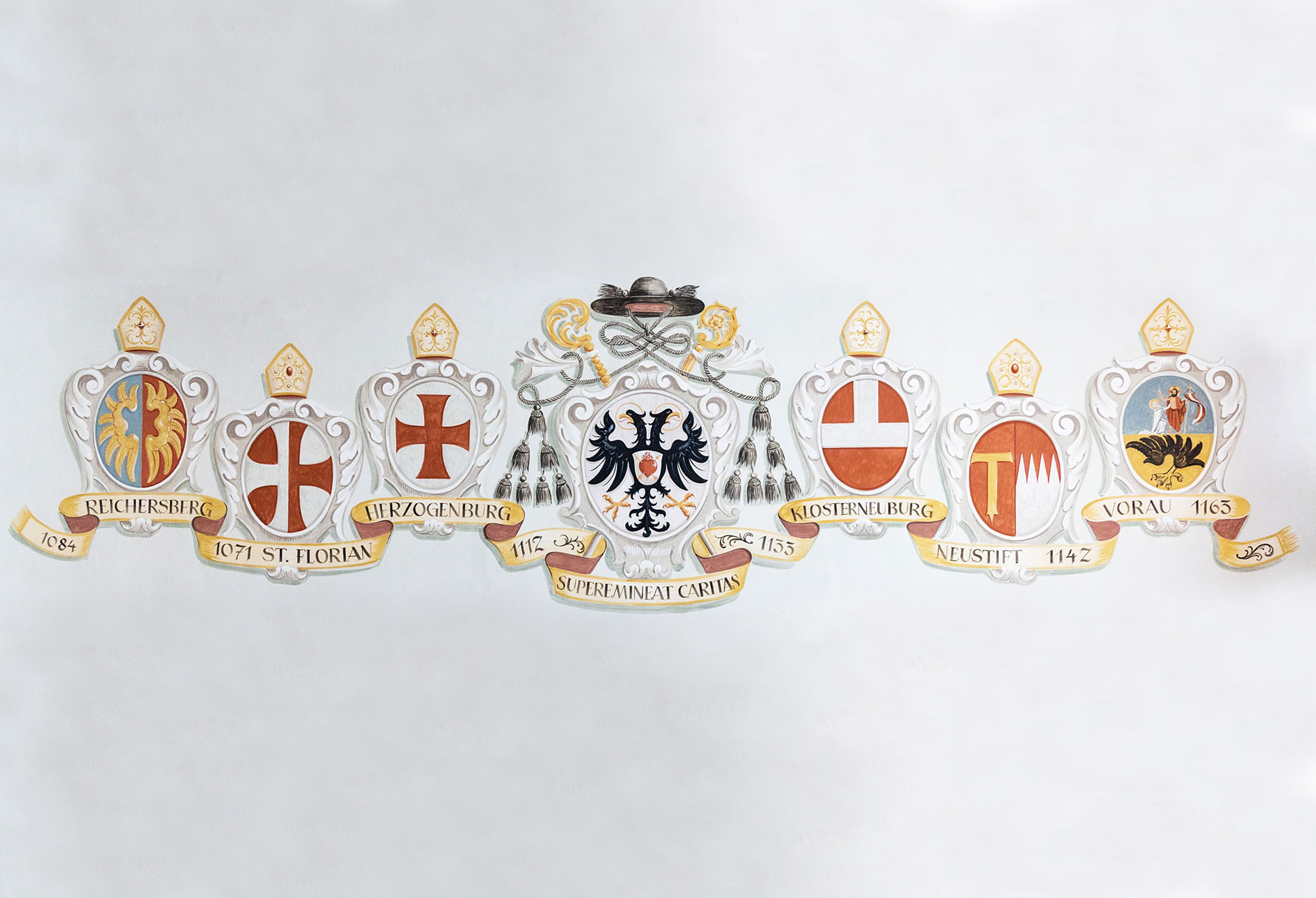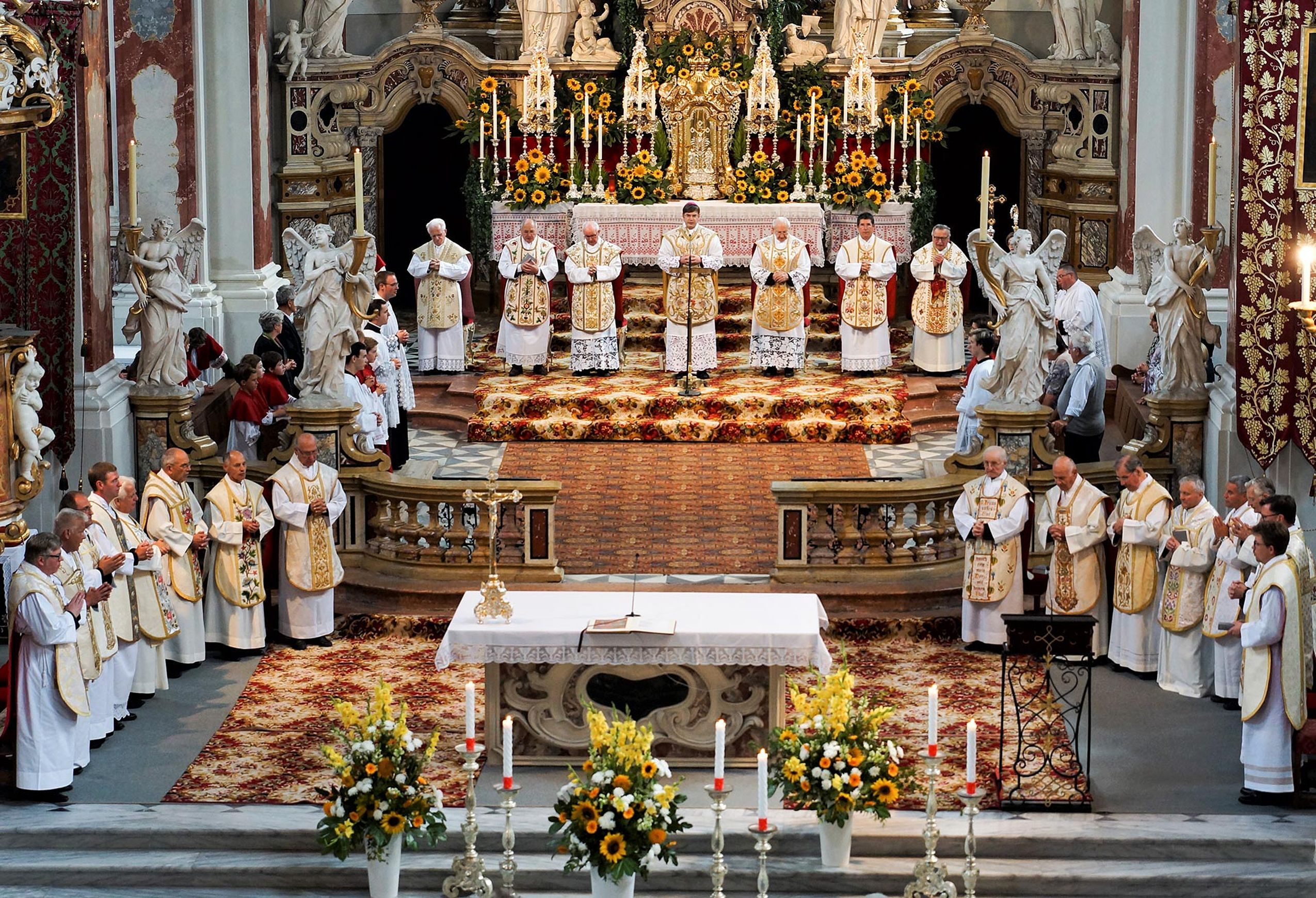You are using an outdated browser. To have the best experience use one of the following browsers:
Abbey & Order
The Augustinian canons of Neustift
In 1142 the Blessed Hartmann founded Neustift Abbey near his bishop’s seat of Brixen/Bressanone. It has been home to Augustinian canons, priests living as a monastic community, ever since.

